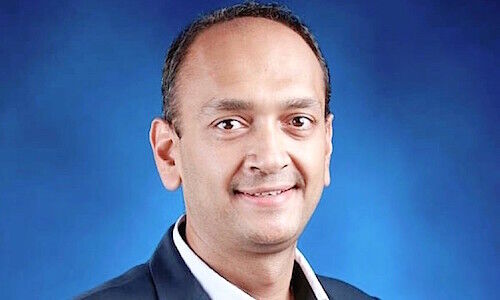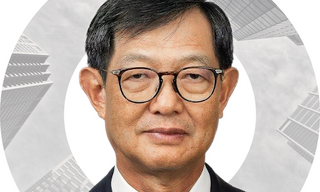Penetration rates of discretionary portfolio management in Asia have been historically low compared to other regions. But there have been a number of factors driving growth. Deutsche Bank’s Harsh Agarwal spoke to finews.asia about the leading tailwinds.
Asian high net worth individuals (HNWI) are known for their reluctance to delegate assets to discretionary portfolio management (DPM), traditionally a key driver of recurring income in other markets. According to finews.asia estimates, DPM penetration rates by assets under management range from low-single digit to low double-digit percentages at private banks in the region.
But in recent years, this figure has seen an accelerated rise, according to Harsh Agarwal, Deutsche Bank’s head of DPM for emerging markets, who named three major factors that have contributed to faster growth.
Relative Performance
Firstly, client portfolios outside of DPM have done relatively worse in the past few years. Asian HNWIs have historically preferred self-directed investing as the region has seen numerous streaks of market booms but generating returns have been relatively difficult in recent times.
«There was Covid in 2020, then China property crash in 2021 across stocks and bonds, as well as the big scare in 2022 with interest rates going up,» said Agarwal in a conversation with finews.asia.
«Performance in our mandates has been pretty strong. There were two calls that were significant contributors this year. Firstly, we were relatively more positive on high yield in fixed income portfolios. Secondly, we were more overweight on US equities relative to the market.»
Less Home Bias
The second factor that is boosting DPM is the increasing need for diversification outside of the region. Much of the self-directed investing in Asia has been concentrated in local markets. In addition to strong returns, investor familiarity and confidence has led to concentrated exposure in certain markets and sectors. But this has been changing due to a shifting market environment.
«There is increasing demand for diversification outside of Asia and China. This has been particularly the case as North Asia accounts for a large portion of most private banks’ Asian DPM business,» Agarwal noted.
Next Generation Demand
The third and final factor is the wave of wealth being transferred to the next generation. Compared to the older generation, younger investors are less keen to actively manage investments themselves and are more open to delegating to professionals.
DPM Shelf
Meanwhile, Deutsche Bank is continuously reviewing its shelf of DPM solutions to explore new opportunities and serve evolving client needs. In Asia, one of its main initiatives has been to better integrate its offerings from its home market in Europe, such as a multi-asset mandate that has been running since the 1980s and a global equity mandates that was first established in 2012.
On alternatives, the bank currently does not have discretionary mandates invested in private equity or private credit but this will change.
«There is a product in the works that will be run out of Europe and offered to clients in Asia,» Agarwal shared.
Asset Flows
In terms of asset flows, Agarwal said that Deutsche Bank in Asia has recorded net new assets for DPM in 2023 and 2024 thus far, without disclosing specific figures. After limited demand for equities in the last two or three years, flows have shifted significantly towards both equity and balanced mandates. Nonetheless, there is more to be desired from the region.
«DPM penetration rates in Asia are increasing but still continue to be lower than developed markets like Europe,» Agarwal said. «Surprisingly, they are also lower when compared to emerging markets like Latin America and the Middle East.»
Three P’s
According to Agarwal, further growth in the DPM business will depend on what he calls the three «p’s»: products, processes and people.
«There is a clear focus for the business globally to improve DPM penetration. It has not doubt been slow in Asia but I think the trend is clear,» he added.



























